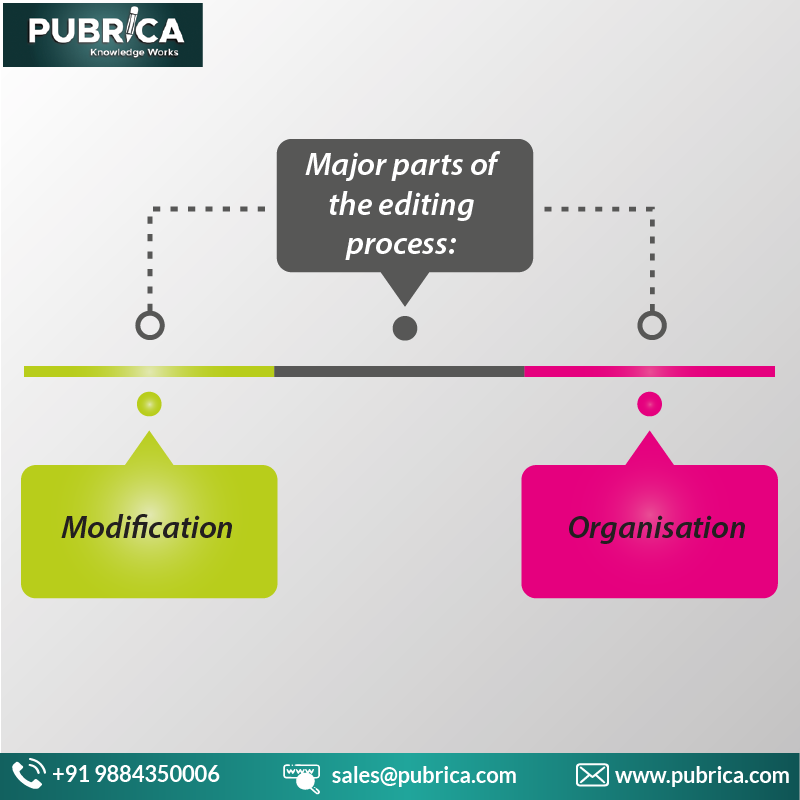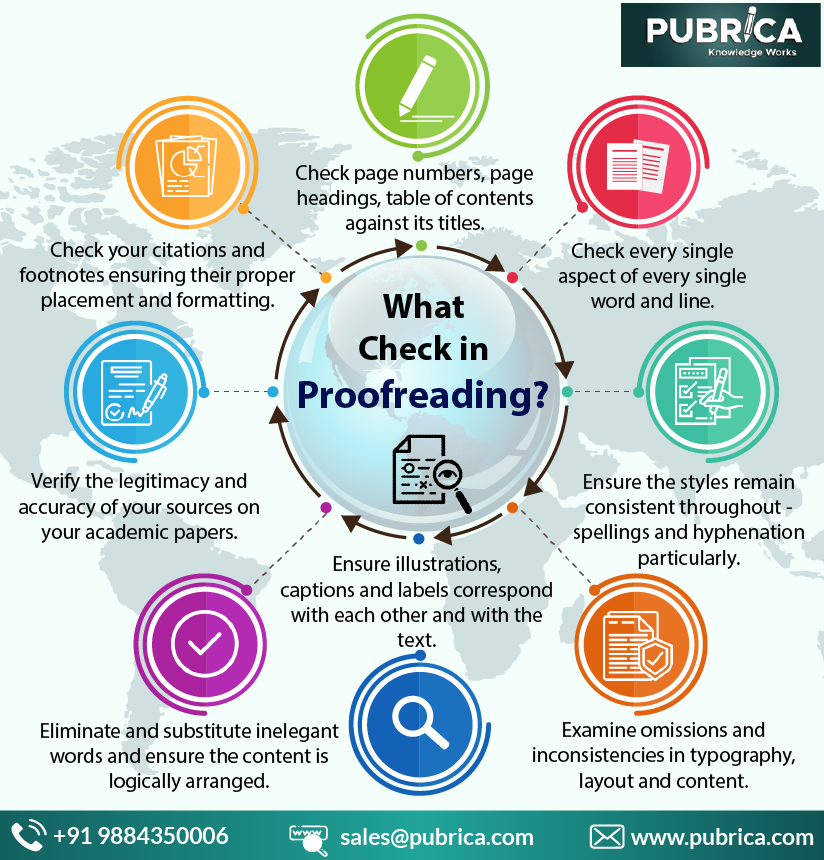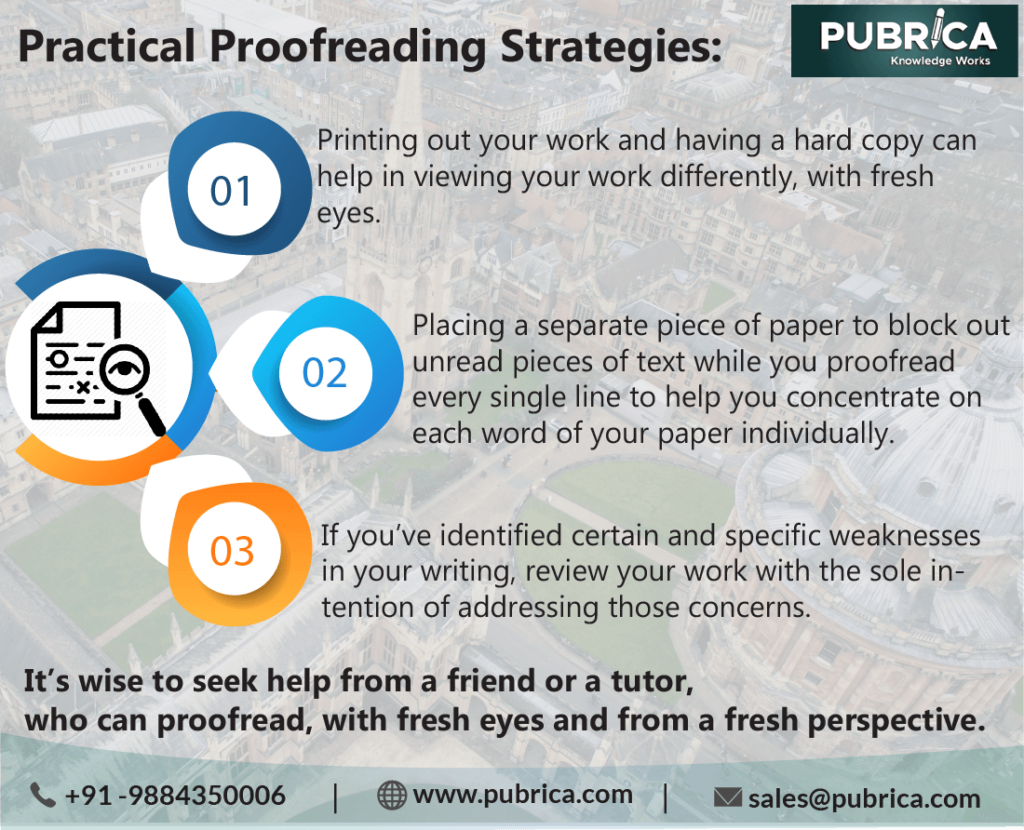
Tips For How to Edit a Scientific Manuscript For Publication
May 25, 2019
What is a Literature review; The factors involved and its Development
June 17, 2019Importance Of Proofreading For Scientific Writing Methods and Significance
Historically, writing has been the framework of our communication. In writing, there is an art and in art, there is craft. Over a period of time, one hones their skills and masters the craft of writing, with their vision and ideas being efficiently expressed. Extraordinarily, writing is immensely pliable; words can take a bounty of forms in writing. It can be employed to provide academic information, fashioned to pose questions and/or even, in conveying ancient tales and beautiful words of poetry.
The purpose behind a piece of writing is to express oneself in a coherent manner, to provide information, and/or to create a piece of literary work for the readers. The most important aspect of a scientific paper, arguably, is content. Further, in case of scientific writing – presentation of the literary work in a manner that conforms to the expectations of the audience is significant in communicating complex and new information clearly. This vital skill is enhanced by practice, emulating word choice and its style, and by soliciting detailed and consistent feedback from peers or mentors. But, a writer’s ability to communicate his thoughts and ideas could be undermined, or even masked, by his poor writing skills and presentation.
The first step toward becoming conversant in scientific writing is learning how to recognise and redress mistakes that permeate one’s writing. One such important step is to proofread one’s completed literary work before submission. Proofreading, as the word implies,is the process of reading the proof to check for errors; proof is the crude manuscript that is sent to a publisher.
A distinct style and tone is a fundamental requirement in scientific writing, whether the writing is intended for an undergraduate assignment or a publication. From the first until the final draft, scientific writing is an iterative process wherein practice, substantial feedback from peers and instructors, and comprehensive Manuscript proofreading on the part of the writer is indispensable. As a consequence, it enhances the readability in subsequent draft versions and in addition, one proposes specific strategies pertaining to word choice, structure, and approach to make the writing more fluid and focused for an appropriate target audience.
Many confuse Manuscript
proofreading with Manuscript
editing but there is a major distinction – there’s no organizing, rewriting and revising involved in proofreading. Instead, focus is on analyzing the proof visually and the relevance of the content after its evolved through its various stages of revision. Before performing a proofreading, an in-depth edit of the material is an important step. Editing allows us to examine how our thoughts can be better organised, developed and rearranged for better suitability. It also provides us with an opportunity to identify and revisit statements that could be better supported by facts and rational arguments. Once we are satisfied with the content of our material, we can then dive into proofreading, which ensures the content is free from typographical, grammatical, spelling, punctuation, syntax, formatting and other such miscellaneous errors.
What Check In Proofreading?
Diligence, skills, judgement, knowledge and experience are a must whilst making amendments and intervening with good reason, with the aim of optimising the results. Whilst proofreading, one must
- Check page numbers, page headings, table of contents against its titles.
- Acquire patience for the tediousness that comes with fine-tuning every single aspect of every single word and line.
- Ensure the styles remain consistent throughout – spellings and hyphenation particularly.
- Examine omissions and inconsistencies in typography, layout and content.
- Ensure illustrations, captions and labels correspond with each other and with the text.
- Eliminate and substitute inelegant words and ensure the content is logically arranged.
- Verify the legitimacy and accuracy of your sources on your academic papers and check your citations and footnotes ensuring their proper placement and formatting.

Practical Proofreading Strategies:
When it comes to proofreading, certain strategies can serve us well. Several practical proofreading tactics can be employed such as:
- Printing out your work and
having a hard copy can help in viewing your work differently, with fresh eyes. - Placing a separate piece of
paper to block out unread pieces of text while you proofread
every single line to help you concentrate on each word of your paper
individually. - If you’ve identified certain
and specific weaknesses in your writing, review your work with the sole
intention of addressing those concerns. For example, writers who find
punctuation problematic can, after printing out their papers, highlight or
circle punctuation marks to determine if they’re both necessary and
appropriate. - At times, it’s wise to seek
help from a friend or a tutor, who can proofread,
with fresh eyes and from a fresh perspective.

Due to deadline constraints, many don’t realise the importance of proofreading and overlook it. The importance of relevant content is well-known but many turn a blind eye towards the presentation of the said content. No writer – without reviewing, revising and reflecting – can achieve success in communicating with its intended readers. When done carefully, correctly and thoroughly, proofreading will save us from embarrassments. Proofreading is the last step between us and our reader, which is why it is necessary to take the time to ensure that our writing is accurate and clear.
Related Topics:
Manuscript Proofreading Services
Scientific Research Support Services
Tags:
